Preparation and Dosing considerations
Traditional Preparation
Typically, the indigenous people of Peru boil 20-30 grams of Uncaria tomentosa inner bark in a liter of water for 30-60 minutes to prepare a tea. (If the tea is shredded, 30 minutes is sufficient.) This is then consumed throughout the day for several days to several months.
Infusion
Ten grams of dried Uncaria tomentosa inner bark can be boiled in one liter of water to produce a tea. Drinking 2-3 cups of this tea daily can be very beneficial for a person with immune system compromise for long-term use up to 3 months, 4 to 5 times a week only.
If you add lemon juice or vinegar to the decoction when simmering, you will extract more alkaloids and less tannins from the bark. Use about 1/2 teaspoon of lemon juice or vinegar per cup of water. Finely ground bark capsules are practically worthless.
Liquid Extract
Whole World Botanicals also offers Royal Cat’s ClawTM liquid extract. The usual therapeutic dosage of Uncaria tomentosa liquid extract is 1 to 4 ml per day. The liquid extract may be taken directly under the tongue or added to water or juice. It tastes good with chocolate!
Directions
Drink one-half cup of tea at least 15 minutes before eating or two hours after eating, 2-4 times daily or as directed by your healthcare practitioner. Do not take at bedtime if it interferes with your sleep. As with most herbs, it is advised to cycle on and off rather than to take it continuously. For example, 3 months on and one moth off or 4 days on and 3 days off (weekly).
To prepare: Put 8 teaspoons of loose tea into 5 cups of boiling water. Reduce heat and simmer the tea in a pot without a lid for 30 minutes. Strain. Makes 4 cups of tea. It tastes best if taken hot or very cold. Ice cubes and stevia may be added. The tea may be stored in the refrigerator in a glass or plastic jar with a lid for up to one week.
For those with sensitive stomachs, add ½ teaspoon of lemon juice to each cup of water used in preparing the tea. This will bind up most of the tannic acid and make the tea less astringent.
Contraindications
Organ/Bone Marrow Transplant: Since Cat’s Claw activates and strengthens the immune system, its use is contraindicated before or following any organ or bone marrow transplant or skin graft.
Anti-fertility: Cat’s Claw taken at a high dosage has been documented with anti-fertility properties and is contraindicated in persons seeking to get pregnant, but may not be considered as a reliable contraceptive.
Warning about Pharmaceutical Blood Thinners: Since Cat’s Claw contains chemical compounds which can reduce platelet aggregation and thin the blood, consult your physician if you are taking Coumadin® or other blood thinning drugs. Discontinue use one week to ten days prior to any major surgical procedure.
Warning about Low Pressure: Since Cat’s Claw might lower your blood pressure, people with low blood pressure need to increase fluids and salt when taking Cat’s Claw more than once a day. Two alkaloids in Cat’s Claw have been documented to lower blood pressure. Individuals with low blood pressure or taking antihypertensive drugs should consult their physician and monitor their blood pressure levels while taking Cat’s Claw. Medications may need adjusting.
Keep away from children. Not to be used if you are pregnant or nursing.
Possible side effects
Stomach: Cat’s Claw requires sufficient stomach acid to help break down the tannins and alkaloids during digestion, and to aid in absorption. Avoid taking liquid extracts directly by mouth and dilute first in water or acidic juice. Smaller more frequent amounts may be taken by individuals with digestive issues.
Tannic acid: If the tannic acid in Cat’s Claw is not well tolerated, try preparing Cat’s Claw tea with added lemon juice because it lowers the amount of tannic acid released from the Cat’s Claw bark.
Gastrointestinal Problems: Large dosages of Cat’s Claw (3–4 ml—approximately one teaspoon of liquid extract) may cause abdominal pain or gastrointestinal problems in some individuals. This is related to the tannin content. A small portion of people may experience diarrhea or loose stools, but this tends to be mild and dissipate with continued use. Discontinue use or reduce dosage if diarrhea persists longer than 3–4 days.
Drug Interactions
Due to its immunostimulant effects and the possible interference of Cat’s Claw it should not be used with medications intended to suppress the immune system, such as cyclosporine or other medications prescribed following an organ transplant.
Color Catalog – lists all the Whole World Botanicals products in a summary format
Royal Cat’s Claw™ Tea, 1-page Printable – one page you can print to show to others
The POA-TOA Controversy and the true benefits of Uncaria tomentosa
Written by Viana Muller, Ph.D.
In the last several years, herbal supplement users have been informed by a well-known manufacturer that their Cat’s Claw (Uncaria tomentosa species) is the only good Cat’s Claw on the market. The word is out: Cat’s Claw (in general) is “no good.”
The story goes like this:
1. This company’s Cat’s Claw Extract has been modified at the molecular level (and patented!) to remove what this company calls TOA’S (tetracyclic alkaloids), which they claim are harmful (toxic) to human beings and virtually negate the benefits of the other oxindole alkaloids, this company calls them POA’S (pentacyclic alkaloids) in the Cat’s Claw. They have a company sponsored research study to “prove” this.
2. This company also claims that there are actually two different types or sub-species of Uncaria tomentosa, one (still unnamed) which is naturally high in the “good” alkaloids (POAs) and low in the “bad” alkaloids (TOAs) and the other sub-species—the familiar type, which we all know as Uncaria tomentosa, is so toxic with TOAs as to be of little if any benefit.
How is the careful, informed herbal consumer to evaluate this information? There are several tests which herb users can use to evaluation the accuracy of the information presented.
Test One: Do botanists specialized in Peruvian rainforest plants recognize two sub-species of Uncaria tomentosa, one which has high levels of POA and the other high levels of TOA?
The answer is “No,” at least among the botanical experts I have reached for comment.
Test Two: Has the research sponsored by this company been verified by other independent researchers with no financial connection to the company making these claims?
The answer is “No.”
Test Three: What does this company have to say to the native people who have been using their Uncaria tomentosa (not modified and patented) for millennia with spectacular healing results? Did Mother Nature make a mistake? Did the native people make a mistake?
Test Four: What does this company have to say to all of the independent university researchers, who have no ties to companies selling Uncaria tomentosa, in Austria, Germany, Italy, Japan, Peru, who have conducted extensive in vitro and more importantly in vivo studies using Cat’s Claw (Uncaria tomentosa) as provided by Mother Nature (a whole extract with both types of alkaloids) and double extracted with alcohol and water? These researchers have documented very significant therapeutic effects in the use of, provided-by-nature, unpatented Cat’s Claw (Uncaria tomentosa) bark or root. Are they all wrong and is only this company right?
Verification of Species and unscrupulous suppliers are a problem
Two species of cat’s claw exist— U. tomentosa and U. guianensis—with a similar phytochemical makeup but a different ratio of oxindole alkaloids. The alkaloids that are the most powerful for strengthening the immune system are much less plentiful in the hot tropical lowlands species—the U. guianensis. In the last five years, it has become more challenging to harvest Uncaria tomentosa which grows at higher altitudes in the “cloud forest” of the rain forest. The ‘easy pickings’ close to roads are gone—either pulled up by the roots (now illegal) or cut back so far that it will take years to become a thick vine again. But there is still plenty of Uncaria tomentosa in the cloud forest. It just requires more work to get to it. Some unscrupulous suppliers have been collecting the low growing, much easier to harvest, U. guianensis, as U. tomentosa. The best verification of species at the time of harvesting is the long hairs on the underside of the leaf—which is why the species is called ‘tomentosa’, which means ‘hairy.’ Once scraped (to remove insects, molds, etc. from the surface) and cut into bark pieces it is virtually impossible to tell the difference on sight and must be chemically analyzed for species verification. The companies who have the most control over their supply and who do laboratory spot checking for chemical composition (level of alkaloids) are the most reliable manufacturers.
Following is a summary of the important research findings of the therapeutic benefits of Uncaria tomentosa (the whole bark extract not the modified-patented kind), published in peer-reviewed scientific journals by scientists with no financial interests in any company selling Cat’s Claw.
Klaus Keplinger did the first substantive research on Uncaria tomentosa in the 1970s and 1980s and discovered the immunostimulating effects of the oxindole alkaloids found in this species of Cat’s Claw. His research formed the basis for the approval of Uncaria tomentosa as an herbal drug by the governments of Austria and Germany.
Other researchers in a number of countries, including Japan, France, Peru, Spain, and Canada confirmed Keplinger’s research findings on the powerful immunostimulating effects of the group of novel oxindole alkaloids found in the vine bark and the root of Uncaria tomentosa. This is normally the way scientific research works. When a number of independent investigators come to the same conclusions the research becomes validated and accepted as true and valuable. Thus, at this point, two decades of research involving many academic institutions in different parts of the world continue to confirm the original findings and to find additional mechanisms of action involving the immune system which these oxindole alkaloids provide. What is most interesting is that the company which is now claiming that all U. tomentosa is worthless except for their patented version which has been altered, also did their own research and further validated the earlier findings of the university research.
Klaus Keplinger’s early research in the 1970s and 1980s led to the filing of four U.S. patents describing extraction procedures for a group of chemicals called oxindole alkaloids, and the immunostimulating actions of these alkaloids, found in cat’s claw.
Keplinger, H., et al. “Oxindole alkaloids having properties stimulating the immunologic system and preparation containing same.” United States patent 5,302,611; April 12, 1994.
Keplinger, H., et al. “Oxindole alkaloids having properties stimulating the immunologic system and preparation containing the same.” United States patent 4,940,725; July 10, 1990.
Keplinger, H., et al. “Oxindole alkaloids having properties stimulating the immunologic system and preparation containing the same.” United States Patent 4,844,901; July 4, 1989.
Keplinger, H., et al. “Process for the production of specific isomer mixtures from oxindole alkaloids.” United States Patent 5,723,625; March 3, 1998.
A number of independent researchers in Spain, France, Japan, Germany and Peru followed Keplinger, many confirming and extending his findings on the immunostimulating alkaloids in the vine and root. These studies published from the late 1970s to early 1990s indicated that the whole oxindole alkaloid fraction, whole vine bark and/or root bark extracts, or six individually-tested oxindole alkaloids increased immune function by up to 50% in relatively small amounts.
Hemingway, S. R. and J. D. Phillipson. “Alkaloids from South American species of Uncaria (Rubiaceae).” J. Pharm. Pharmacol. 1974 suppl.; 26: 113p.
Kreutzkamp, B. “Niedermolekulare Inhalstoffe mit Immunstimulierenden Eigenschaften aus Uncaria tomentosa, Okoubaka aubrevillei und anderen Drogen.” Dissertation of the faculty of chemistry and pharmacy of Ludwig Maximilians University, Munich, May 1984.
Laus, G., et al. “Separation of sterioisomeric oxindole alkaloids from Uncaria tomentosa by high performance liquid chromatography.” J. of Chromatography 1994; 662: 243–49.
Lavault, M ., et al. “Alcaloides de l’Uncaria guianensis.” Planta Medica 1983; 47: 244–45.
Montenegro de Matta, S., et al. “Alkaloids and procyanidins of an Uncaria sp. from Peru.” Il. Farmaco. Ed. Sc. 1976; 31: 527–35.
Ozaki, Y., et al. “Pharmacological studies on Uncaria and Amsonia alkaloids.” Japanese Journal of Pharmacology (suppl.) 1980; 30: 137pp.
Stuppner, H., et al. “HPLC analysis of the main oxindole alkaloids from Uncaria tomentosa.” Chromatographia 1992; 34(11/12): 597–600.
Wagner, H., et al. “Die Alkaloide von Uncaria tomentosa und ihre Phagozytose-steigernde W irkung.” Planta Medica 1985; 51: 419–23.
Independent Canadian researchers at the University of Ottawa found that a whole bark extract produced a strong immunostimulant effect in 1999.
Lemaire, I., et al. “Stimulation of interleukin-1 and -6 production in alveolar macrophages by the neotropical liana, Uncaria tomentosa (uña de gato).” J. Ethnopharmacol. 1999; 64(2): 109–15.
Independent Peruvian researchers demonstrated that a whole extract of the bark increased immune function in rats at a dosage of 400 mg/kg.
Marina, M. D., “Evaluacion de la actividal immunoestimulante de Uncaria tomentosa (W illd.) DC. Uña de gato en ratones albinos.” Biodiversidad Salud 1998; 1(1): 16–19.
Recent proprietary extracts of cat’s claw have been shown in published clinical studies (funded by the manufacturers of these extracts) to provide the same immune stimulating benefits as have been documented for almost 20 years.
Lamm, S., et al, “Persistent response to pneumococcal vaccine in individuals supplemented with a novel water soluble extract of Uncaria tomentosa, C-Med-100.” Phytomedicine 2001; 8(4): 267–74.
Sheng Y, et al., “Treatment of chemotherapy-induced leukopenia in a rat model with aqueous extract from Uncaria tomentosa.” Phytomedicine 2000; 7(2): 137–43.
Sheng, Y., et al., “Enhanced DNA repair, immune function and reduced toxicity of C-Med-100, a novel aqueous extract from Uncaria tomentosa.” J. Ethnopharmacol. 2000; 69(2): 115–26.
Sheng, Y., et al., “DNA repair enhancement of aqueous extracts of Uncaria tomentosa in a human volunteer study.” Phytomedicine 2001; 8(4): 275–82.
This company claims that as little as 1% TOA content in a cat’s claw extract would diminish its immunostimulant effect by as much as 30%. This research has not been confirmed by independent researchers. This company seeks to discount all the definitive, independent research which has been performed on whole oxindole extracts (containing both types of alkaloids) and whole root or vine extracts over decades in Japan, Peru, Germany, Spain, and the U.S. (including the four U.S. patents filed by these same researchers) demonstrating immune stimulant effects.
Gotuzzo, E., et al. “En marcha seria investigacion: Uña de gato y pacientes con el VIH.” De Ciencia y Tecnologia 1993; 34.
Inchaustegui and Gonzales, R. “Estudio preliminar sobre. CAS y SIDA.” Utilizando Plantas Medicinales, Anos 1989–1994, Hospital IPSS, Iquitos, Peru. Iquitos, Peru: Hospital del Instituto Peruano de Seguridad Social Iquitos Comite ETS-SIDA, February 1993, 24 pp.
Immodal Pharmaka, GmbH., “Krallendorn® Uncaria tomentosa (W illd.) DC Root Extract. Information for Physicians, and Dispensing Chemists. 3d rev. ed.” Volders, Austria: September 1995, 20 pages.
Keplinger, U. M. “Einfluss von Krallendorn extract auf Retrovirale Infektioned,” Zurcher AIDS Kongress. Zurich, Switzerland, October 16 and 17, 1992, program and abstracts.
Keplinger, U. M., “Therapy of HIV -infected individuals in the pathological categories CDC Al and CDC B2 with a preparation containing IMM-207,” IV. Osterreichicher AIDS-Kongress, Vienna, Austria, September 17 and 18, 1993, abstracts: 45.
In addition to its immunostimulating activity, other in vitro anticancerous properties have been documented for these alkaloids and other constituents in cat’s claw. Five of the oxindole alkaloids have been clinically documented with in vitro antileukemic properties,
Stuppner, H., et al. “A differential sensitivity of oxindole alkaloids to normal and leukemic cell lines.” Planta Medica (1993 suppl.); 59: A583.
and various root and bark extracts have demonstrated antitumor and antimutagenic properties.
Immodal Pharmaka, GmbH., “Krallendorn® Uncaria tomentosa (W illd.) DC Root Extract. Information for Physicians, and Dispensing Chemists. 3d rev. ed.” Volders, Austria: September 1995, 20 pages.
Muhammad, I., et al. “Investigation of Uña de Gato I. 7-Deoxyloganic acid and 15N NMR spectroscopic studies on pentacyclic oxindole alkaloids from Uncaria tomentosa.” Phytochemistry. 2001; 57(5): 781–5.
Peluso, G., et al. “Effetto antiproliferativo su cellule tumorali di estrattie metaboliti da Uncaria tomentosa. Studi in vitro sulla loro azione DNA polim erasi.” 11 Congreso Italo-Peruano de Etnomedicina Andina, Lim a, Peru, October 27–30, 1993, 21–2.
Rizzi, R., et al. “Mutagenic and antimutagenic activities of Uncaria tomentosa and its extracts.” Premiere Colloque Européan d’Ethnopharmacologie, Metz, France, March 22–24, 1990.
Rizzi, R., et al. “Bacterial cytotoxicity, mutagenicity and antimutagenicity of Uncaria tomentosa and its extracts. Antimutagenic activity of Uncaria tomentosa in hum ans.” Premiere Colloque Européan d’Ethnopharmacologie, Metz, France, March 22–24, 1990.
Rizzi, R., et al. “Mutagenic and antimutagenic activities of Uncaria tomentosa and its extracts.” J. Ethnopharmacol. 1993; 38: 63–77.
Italian researchers reported in a 2001 in vitro study that cat’s claw directly inhibited the growth of a human breast cancer cell line by 90%, while another research group reported that it inhibited the binding of estrogens in human breast cancer cells in vitro. Note: in vitro studies do not have nearly as much validity as in vivo studies.
Salazar, E. L., et al. “Depletion of specific binding sites for estrogen receptor by Uncaria tomentosa.” Proc. West. Pharmacol. Soc. 1998; 41(1): 123–124.
Swedish researchers have documented the inhibition of the growth of lymphoma and leukemia cells in vitro.
Sheng, Y., et al. “Induction of apoptosis and inhibition of proliferation in human tumor cells treated with extracts of Uncaria tomentosa.” Anticancer Res. 1998; 18(5A): 3363–68.
Keplinger’s noted that cancer patients taking Uncaria tomentosa in conjunction with such traditional cancer therapies as chemotherapy and radiation reported fewer side effects (such as hair loss, weight loss, nausea, secondary infections, and skin problems) than patients not taking Cat’s Claw. Subsequent research has found that cat’s claw can aid in DNA cellular repair and prevent cells from mutating—a possible explanation. Research has also shown that it can help prevent the loss of white blood cells and immune damage caused by many chemotherapy drugs.
Sheng Y, et al., “Treatment of chemotherapy-induced leukopenia in a rat model with aqueous extract from Uncaria tomentosa.” Phytomedicine 2000; 7(2): 137–43.
Sheng, Y., et al., “Enhanced DNA repair, immune function and reduced toxicity of C-Med-100, a novel aqueous extract from Uncaria tomentosa.” J. Ethnopharmacol. 2000; 69(2): 115–26.
Sheng, Y., et al., “DNA repair enhancement of aqueous extracts of Uncaria tomentosa in a human volunteer study.” Phytomedicine 2001; 8(4): 275–82.
Uncaria tomentosa’s anti-inflammatory properties, not dependent on its alkaloids, have also been documented. While plant sterols (beta-sitosterol, stigmasterol, and campesterol) and antioxidant chemicals (catechins and procyanidins) found in cat’s claw account for some of these properties, new and novel phytochemicals called quinovic acid glycosides (found in the bark and roots) were documented to be the most potent anti-inflammatory constituents of the plant.
Yepez, A. M., et al. “Quinovic acid glycosides from Uncaria guianensis.” Phytochemisty 1991; 30: 1635–37.
This study and subsequent ones indicated that cat’s claw (and, especially, its glycosides) could inhibit inflammation from 46% and up to 89% in various in vivo and in vitro tests.
Aguilar, J. L., et al. “Anti-inflammatory activity of two different extracts of Uncaria tomentosa (Rubiaceae).” J. Ethnopharmacol. 2002; 81(2): 271–76.
Aquino, R., et al. “Plant metabolites. New compounds and anti-inflammatory activity of Uncaria tomentosa.” J. Nat. Prod. 1991; 54: 453–59.
Aquino, R., et al. “New polyhydroxylated triterpenes from Uncaria tomentosa.” J. Nat. Prod. 1990: 559–64.
Cerri, R., et al. “New quinovic acid glycosides from Uncaria tomentosa.” J. Nat. Prod. 1988; 51: 257–61.
Recio, M . C., et al. “Structural requirements for the anti-inflammatory activity of natural triterpenoids.” Planta Medica 1995; 61(2): 182–85.
Sandoval-Chacon, M., et al. “Anti-inflamm atory actions of cat’s claw: the role of NF-kappaB.” Aliment. Pharmacol. Ther. 1998; 12(12): 1279–89.
Yasukawa, K., et al. “Effect of chemical constituents from plants on 12-O-tetradecanoylphorbol-13-acetateinduced inflammation in mice.” Chemical and Pharmaceutical Bulletin 1989; 37: 1071–73.
Inflammatory Conditions
The results of these studies validate cat’s claw’s traditional use for inflammatory conditions, including arthritis, rheumatism, as well as inflammatory stomach and bowel disorders.
It has also been shown clinically to be effective in treating stomach ulcers in an in vivo rat study.
Fazzi, Marco A. Costa. “Evaluation de l’Uncaria tomentosa (Uña de gato) en lan prevencion de ulceras gastricas de stress producidas experimentalmente en rats.” Dissertation of the faculty of medicine, University Peruana Cayetano Heredia, Lima, Peru, 1989.
Further confirmation that the anti-inflammatory actions of cat’s claw are not attributable to immunostimulating alkaloids is found in Sandoval’s subsequent research.
Sandoval, M., et al., “Anti-inflammatory and antioxidant activities of cat’s claw (Uncaria tomentosa and Uncaria guianensis) are independent of their alkaloid content.” Phytomedicine 2002; 9(4): 325–37.
This same group of anti-inflammatory glycoside chemicals also demonstrated in vitro antiviral properties in another earlier study.
Aquino, R., et al. “Plant metabolites. Structure and in vitro antiviral activity of quinovic acid glycosides from Uncaria tomentosa and Guettarda platypoda.” J. Nat. Prod. 1989; 4(52): 679–85.
The Atkins Clinic in New York City, founded by the late Dr. Robert Atkins, M.D., noted a strong anti-viral effect on the blood of patients and staff as measured by live blood cell microscopy in a 1:1 alcohol-water extract of Uncaria tomentosa (manufactured by Whole World Botanicals). (personal communication by Dr. Karen Paris to Viana Muller)
Anti-Oxidant Properties
Anti-oxidant properties in U. tomentosa have been demonstrated in an Argentine study.
Desmarchelier, C., et al. “Evaluation of the in vitro antioxidant activity in extracts of Uncaria tomentosa (W illd.) DC.” Phytother. Res. 1997; 11(3): 254–256.
Other researchers in 2000 concluded that it is an antioxidant as well as a powerful inhibitor of TNF alpha production. (TNF, or tumor necrosis factor, represents a model for tumor growth driven by an inflammatory cytokine.) In this study the primary mechanism for cat’s claw’s anti-inflammatory action was found to be a result of the suppression of this cytokine.
Sandoval, M., et al. “Cat’s claw inhibits TNFalpha production and scavenges free radicals: role in cytoprotection.” Free Radic. Biol. Med. 2000; 29(1): 71–8.
Coronary Disease
Dr. Julian Whitaker, M.D., reports using cat’s claw for its immune-stimulating effects, for cancer, to help prevent strokes and heart attacks, to reduce blood clots and for diverticulitis and irritable bowel syndrome
Lowers blood pressure and dilates arteries.
In addition to the immunostimulant alkaloids, cat’s claw contains the alkaloids rhynchophylline, hirsutine, and mitraphylline, which have demonstrated hypotensive and vasodilating properties.
Yano, S., et al. “Ca2, channel-blocking effects of hirsutine, an indole alkaloid from Uncaria genus, in the isolated rat aorta.” Planta Medica 1991; 57: 403–5.
Chan-Xun, C., et al. “Inhibitory effect of rhynchophylline on platelet aggregation and thrombosis.” Acta Pharmacologica Sinica 1992; 13(2): 126–30.
Reduces stickiness of blood- helps prevent blood clots
Rhynchophylline also has shown to inhibit platelet aggregation and thrombosis. It may also prevent blood clots in blood vessels and relax the blood vessels of endothelial cells, dilate peripheral blood vessels, lower the heart rate, and lower blood cholesterol.
Chan-Xun, C., et al. “Inhibitory effect of rhynchophylline on platelet aggregation and thrombosis.” Acta Pharmacologica Sinica 1992; 13(2): 126–30.
Jin, R. M., et al. “Effect of rhynchophylline on platelet aggregation and experimental throm bosis.” Acta Pharmacologica Sinica 1991; 25: 246–49.
The Atkins Clinic in New York City, founded by the late Dr. Robert Atkins, M.D., confirmed in their own patients the effectiveness in a 1:1 alcohol-water extract of Uncaria tomentosa (manufactured by Whole World Botanicals) in reducing the C-reactive protein level of their coronary patients practically to zero. (personal communication by Dr. Karen Paris to Viana Muller)
Helps prevent brain plague-Alzheimer’s Disease
Some research suggests the Uncaria tomentosa may be helpful with Alzheimer’s disease. Researchers indicate that the positive effects noted may be due either to its antioxidant effects and/or to the possible dilation (not confirmed) of peripheral blood vessels in the brain by alkaloids such as rhynchophylline.
Castillo, G., et al. “Pharmaceutical compositions containing Uncaria tomentosa extract for treating Alzheimer’s disease and other amyloidoses.” Patent-Pct. Int. Paol. 1998; 00 33,659: 67pp.
Mohammed, A. F ., et al. “ Effects of Uncaria tomentosa total alkaloid and its components on experimental amnesia in mice: elucidation using the passive avoidance test.” J. Pharm. Pharmacol. 2001; 52(12): 1553–61.
Based upon in vivo rat studies, cat’s claw may protect against gastrointestinal damage associated with nonsteroidal anti-inflammatory drugs (NSAIDs) such as ibuprofen.
Based on patient reports in a study conducted at the University of Innsbruck (Austria), Uncaria tomentosa was helpful in controlling nausea during chemotherapy and radiation, and did not interfere with these cytotoxic effects of therapies on cancer cells.
In clinical practice Uncaria tomentosa is being used for:
- Immune disorders
- Gastritis
- Diverticulitis
- To detoxify the entire intestinal tract
- Ulcers
- Leaky bowel syndrome
- Chrohn’s disease
- Cancer
- Arthritis
- Rheumatism
- Rheumatic disorders
- Neuralgias
- Chronic inflammation of all kinds and
- Some viral diseases, such as herpes zoster (shingles).
- Coronary disease
Documented Properties and Actions:
-
- Analgesic (relieves inflammatory pain)
- Anti-inflammatory
- Antimutagenic (helps prevent cell mutations)
- Antioxidant (helps prevent cell proliferation)
- Antiproliferative
- Antitumorous
- Antiviral
- Cytoprotective (protects DNA of cells)
- Cytostatic (maintains cell stability)
- Cytotoxic (kills foreign cells)
vDepurative (purifies the blood)
- Hypotensive (lowers blood pressure)
- Immunostimulant
- Immunomodulatory (strengthens immune system)
Most effective Cat’s Claw Preparations
Generally speaking, the most effective preparations are water-alcohol (double extraction) liquid extract or the traditional tea preparation. (If you add lemon juice or vinegar to the decoction when simmering, you will extract more alkaloids and less tannins from the bark. Use about 1/2 teaspoon of lemon juice or vinegar per cup of water). Finely ground bark capsules are practically worthless.
Contraindications
Bone Marrow Transplant: Since Cat’s Claw activates and strengthens the immune system, its use is contraindicated before or following any organ or bone marrow transplant or skin graft. Cat’s claw has been documented with anti-fertility properties and is contraindicated in persons seeking to get pregnant, but may not be considered as a reliable contraceptive.
Warning: Pharmaceutical Blood Thinners Since Cat’s Claw contains chemical compounds which can reduce platelet aggregation and thin the blood consult your physician if you are taking coumadin or other blood thinning drugs. Discontinue use one week to ten days prior to any major surgical procedure.
Warning: Low Pressure Two alkaloids in cat’s claw have been documented to lower blood pressure. Persons with low blood pressure or taking antihypertensive drugs should consult their physician and monitor their blood pressure levels while taking Cat’s Claw. Medications may need adjusting.
Possible side effects
Stomach: Cat’s claw requires sufficient stomach acid to help break down the tannins and alkaloids during digestion and to aid in absorption. Avoid taking liquid extracts directly by mouth and dilute first in water or acidic juice. Smaller more frequent amounts may be taken by individuals with digestive issues.
Gastrointestinal Problems: Large dosages of cat’s claw (3–4 ml—approximately one tsp. of liquid extract) cause abdominal pain or gastrointestinal problems in some individuals. This is related to the tannin content. The diarrhea or loose stools which occur in a few people tend to be mild and go away with continued use. Discontinue use or reduce dosage if diarrhea persists longer than 3–4 days.
Drug Interactions: Due to its immunostimulant effects and the possible interference of cat’s claw it should not be used with medications intended to suppress the immune system, such as cyclosporine or other medications prescribed following an organ transplant.
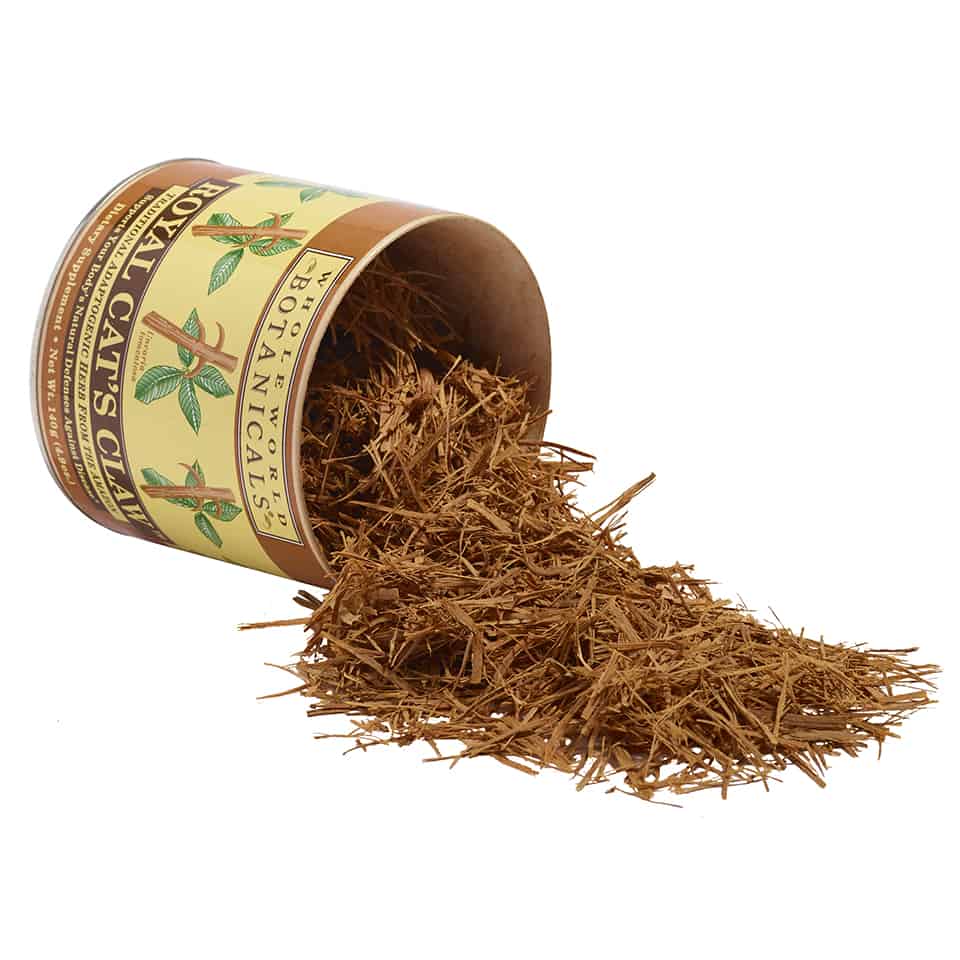



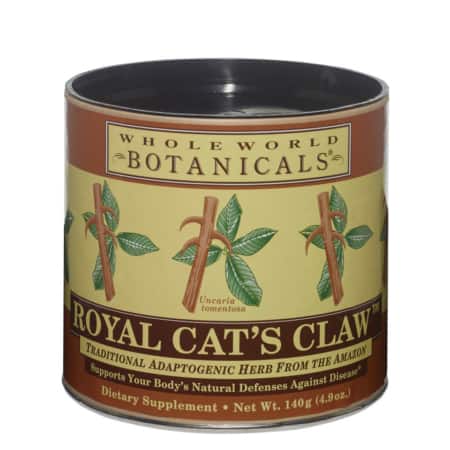
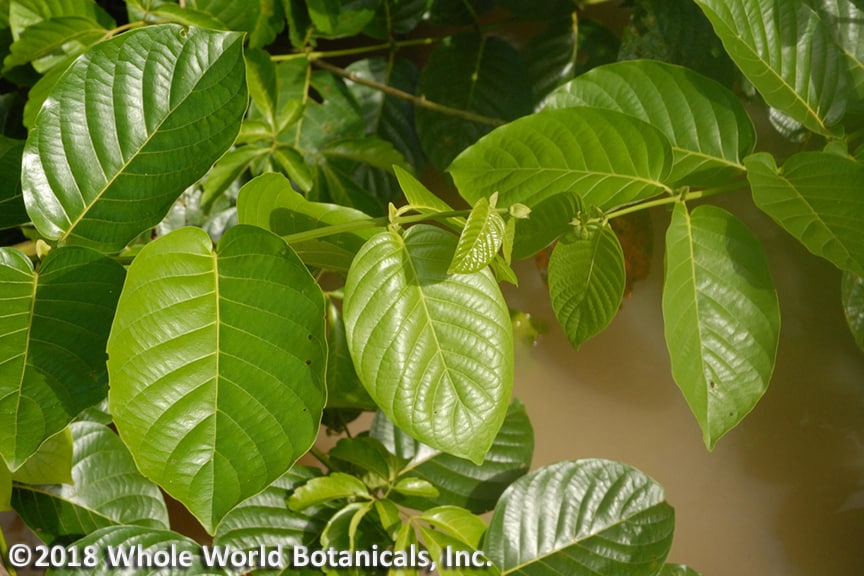
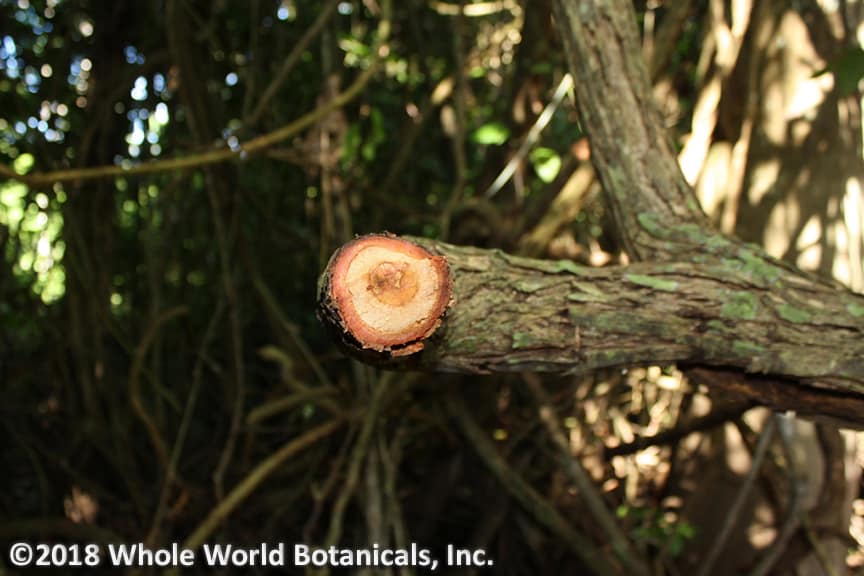

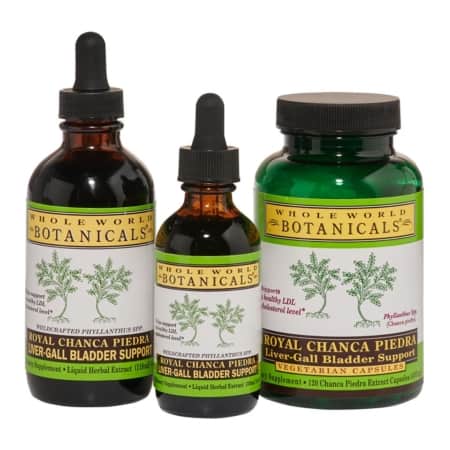
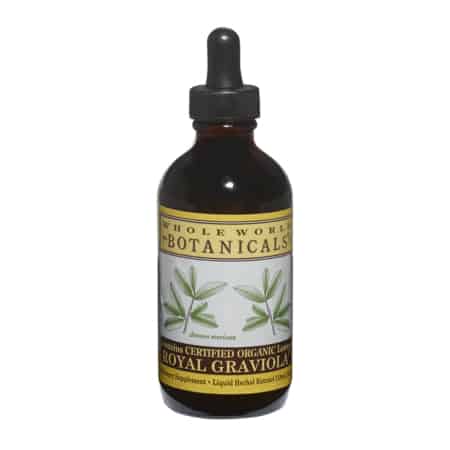
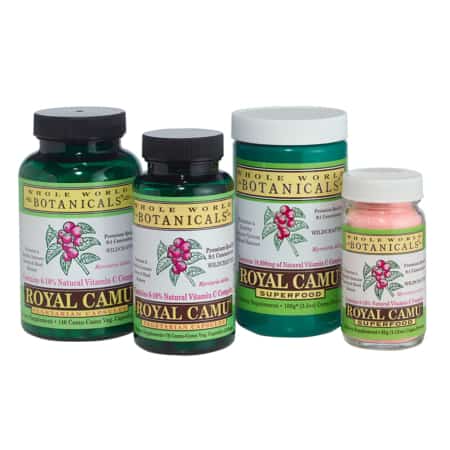
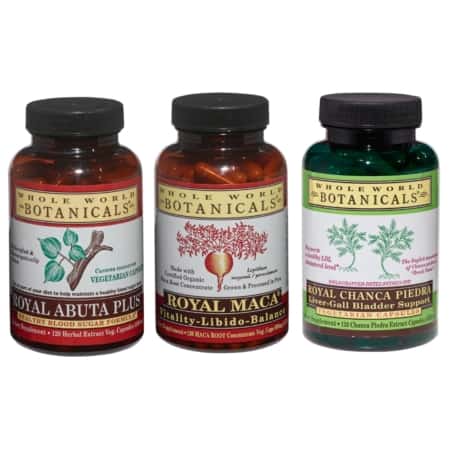
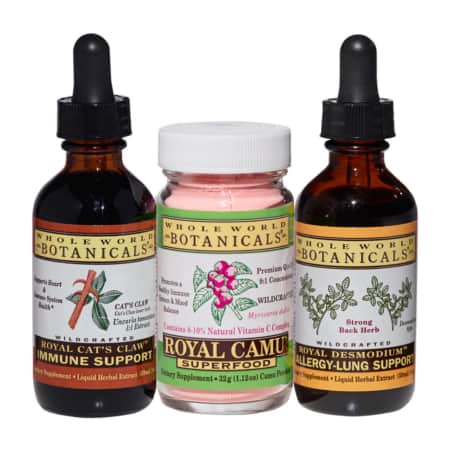
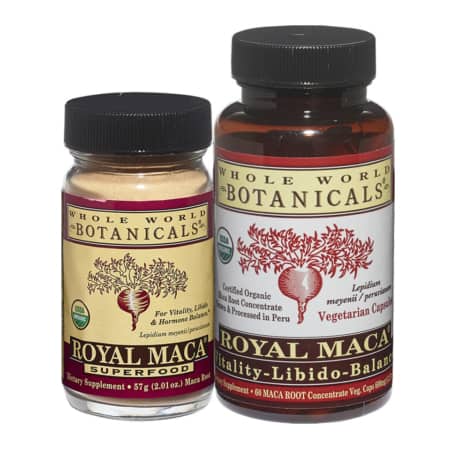
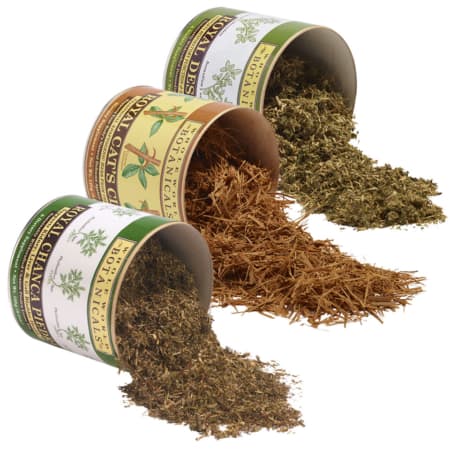





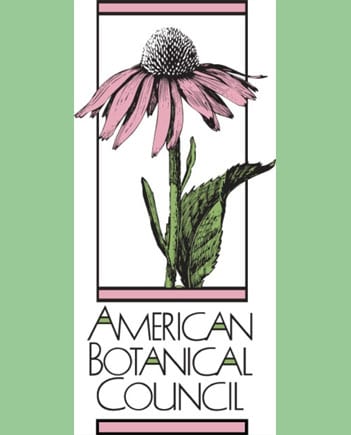



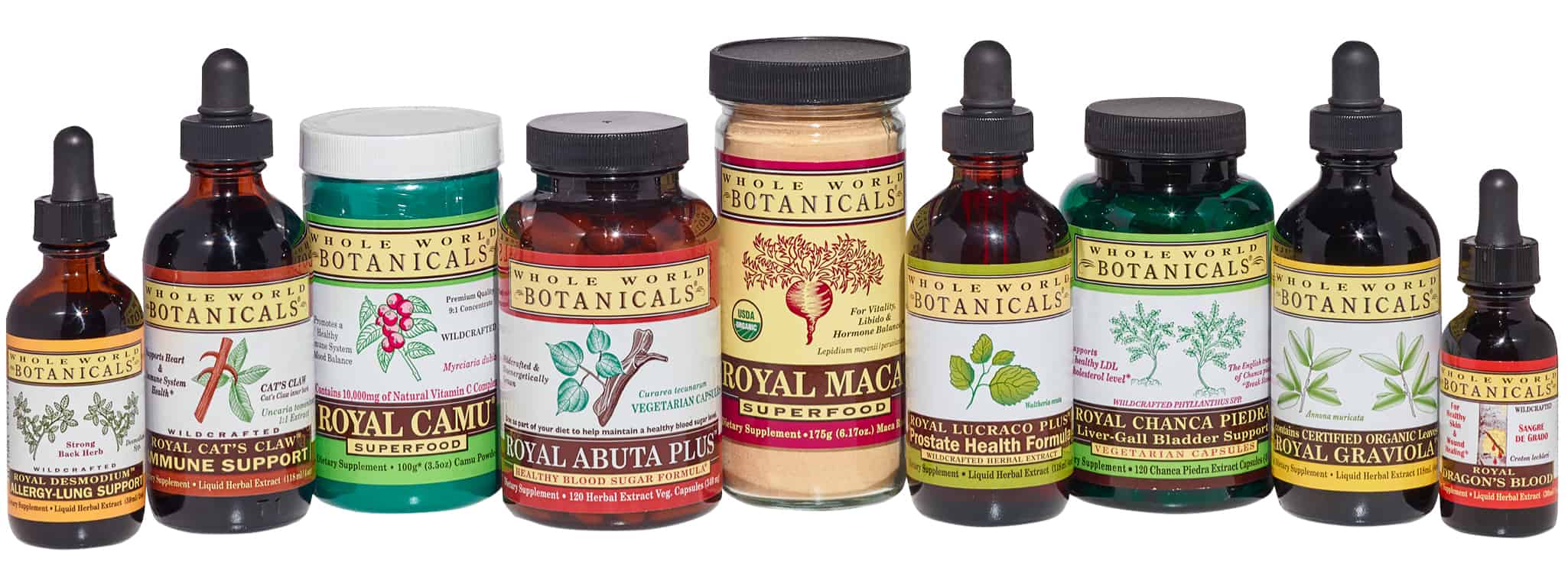



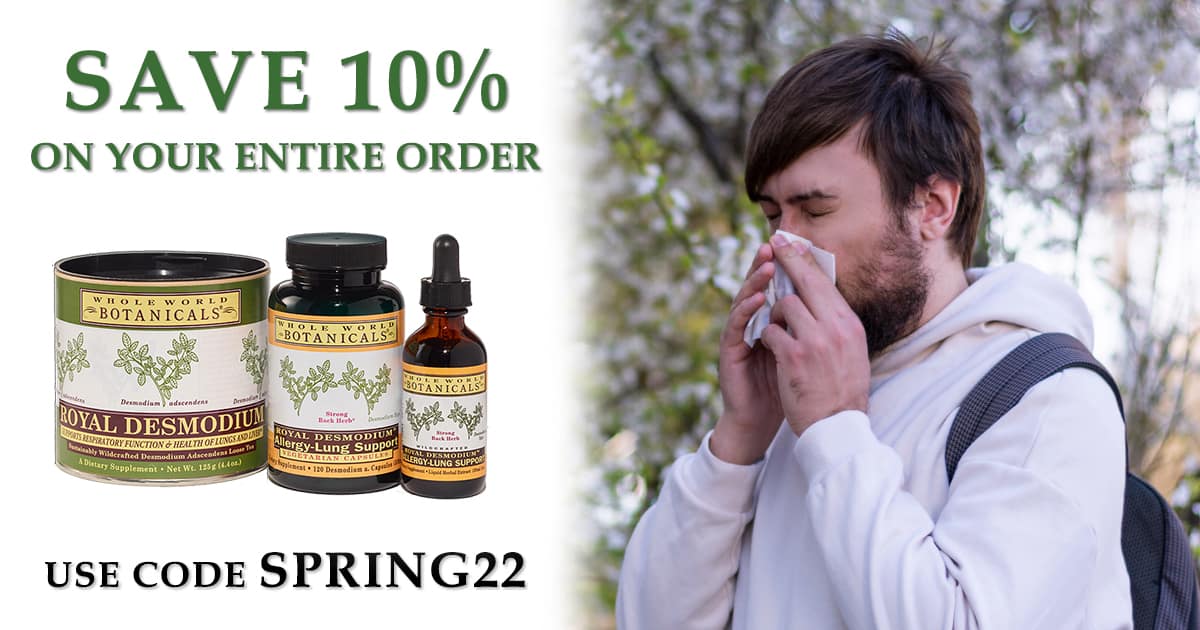
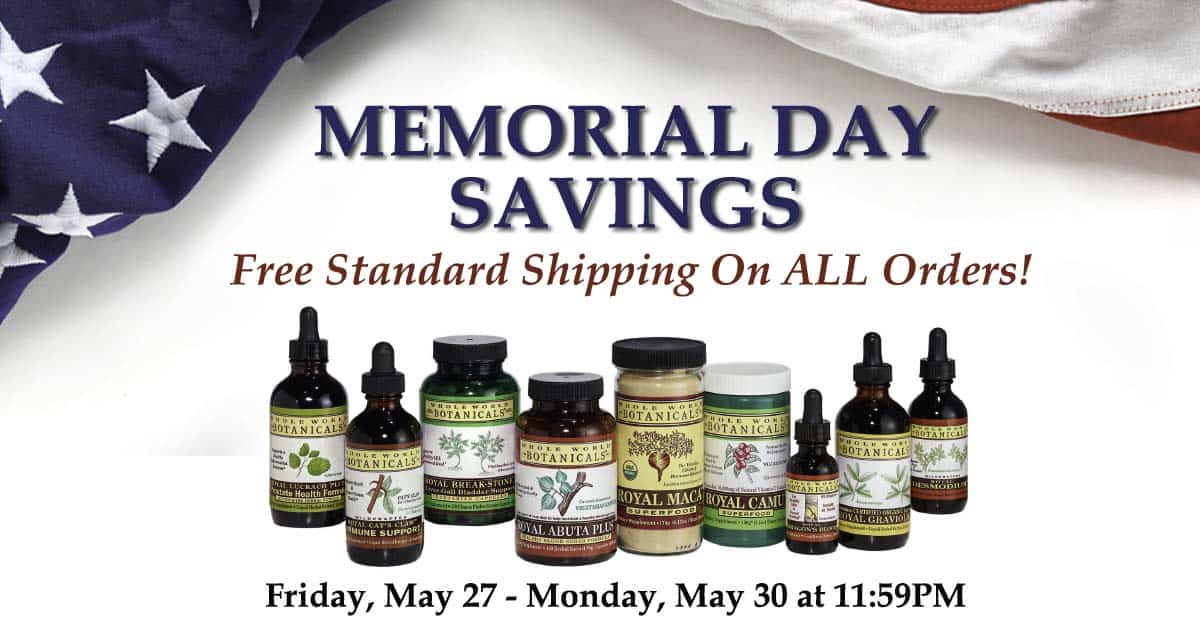

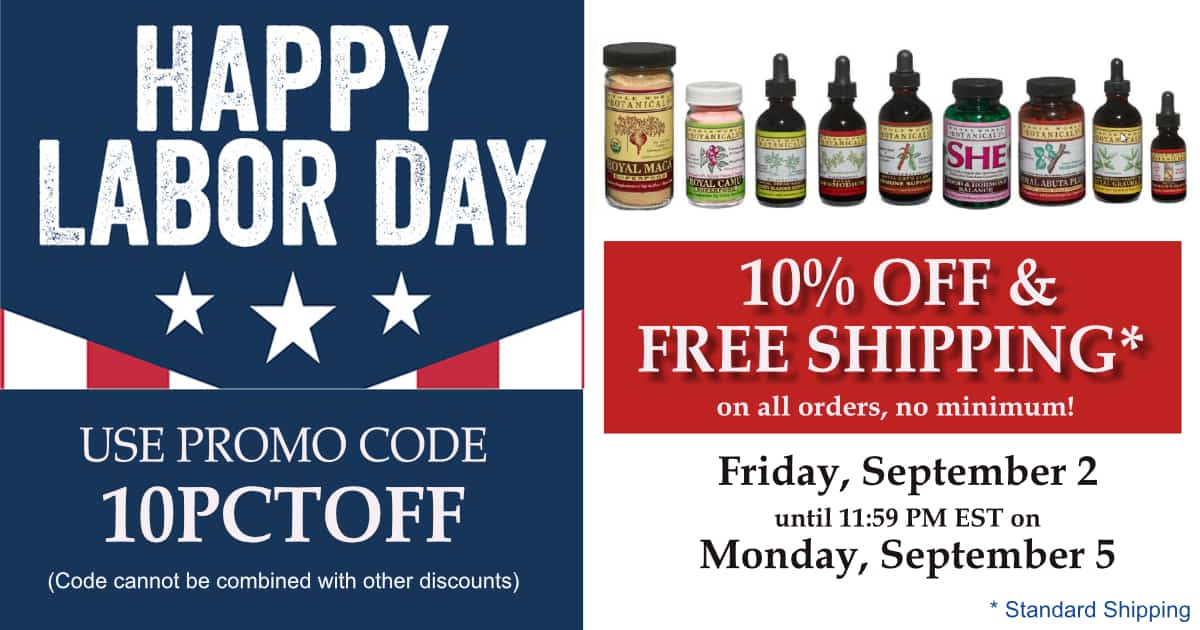

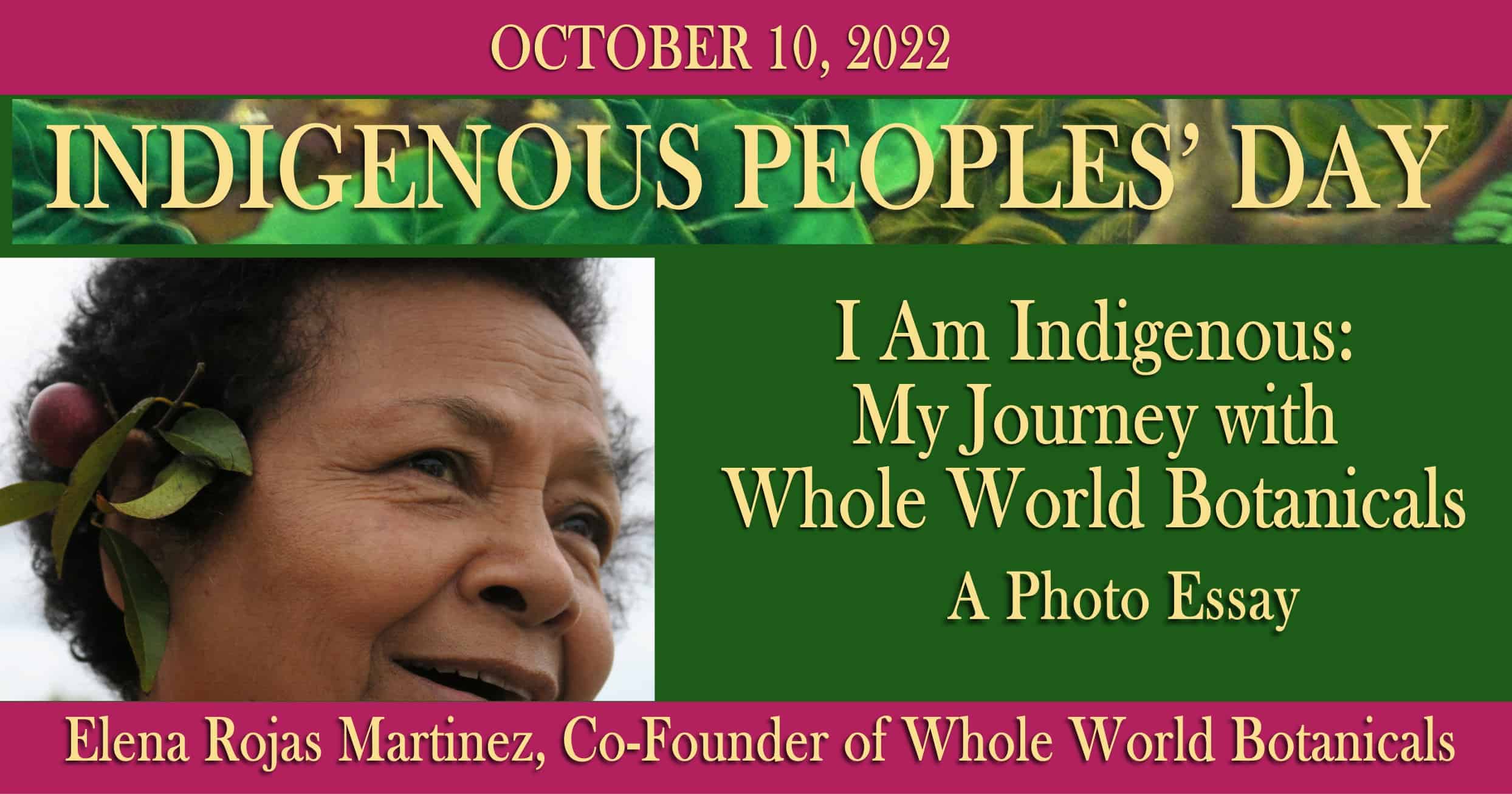


Reviews
There are no reviews yet.